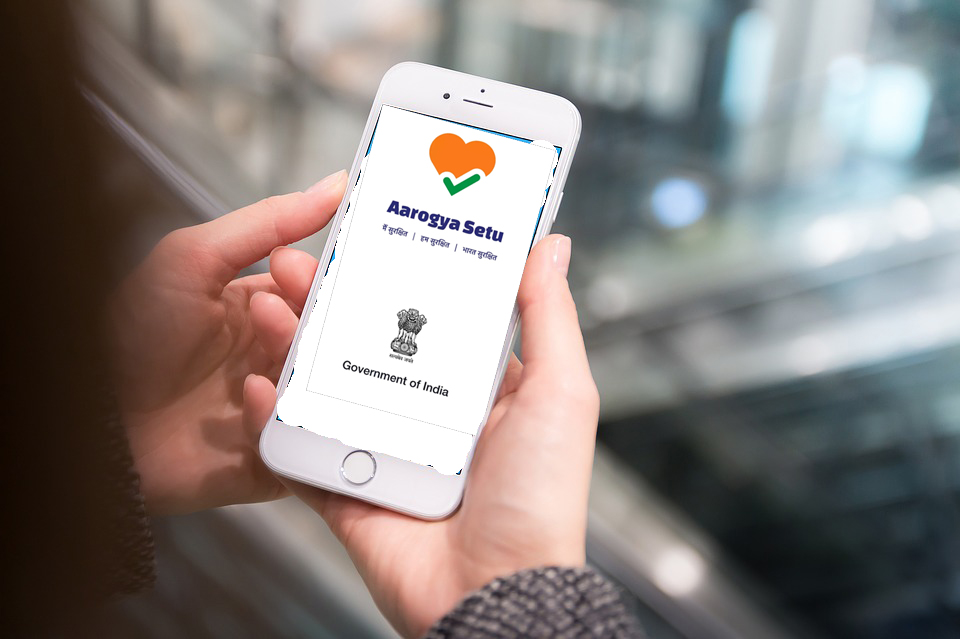Aarogya Setu app compulsory for all central government employees of India to track their movements to limit the spread of coronavirus. Aarogya Setu, the COVID-19 tracking app launched by NITI Aayog, has crossed the 7.5 crore (or 75 million) downloads mark. The app was launched on April 2 and has been rapidly growing ever since. In the latest memorandum on the use of the Aarogya Setu app by the Ministry of Personnel, Public Grievances and Pensions, the government said officials who are categorised as high risk or moderate based on recent contact with infected person should not come to office.
Such persons should self-isolate for 14 days until the status comes to low risk. “Before starting for office, they must review their status on Arogya Setu and commute only when the app shows safe or low risk,” the order dated April 29, 2020 states.
The order has been sent to all departments, ministries, Cabinet Secretariat and the Prime Minister’s Office.
What is contact tracing?
Contact tracing is a method used to slow down the spread of infectious outbreaks. It is commonly used in sexual health clinics, when infected patients are told to contact anyone with whom they have been intimate. This is often done through phone calls to the friends and family of coronavirus sufferers, complemented by an automated location-tracking mobile app.
China, South Korea and Singapore have led the way in developing contact-tracing systems. Some governments already had systems in place, having learned from the SARS epidemic 15 years ago. The European Union has published guidelines for contact-tracing apps. Compared to the rest of the world, the U.S. is behind in developing contact-tracing apps.
According to an article of Nature.com, apps for COVID-19 contact-tracing are secure and effective. According to article one serious concern is accuracy. Apps that link to official validated tests are obviously more likely to give accurate results. An alert based on self-diagnosis that turns out to be wrong — a false positive — could, of course, be corrected. But if incorrect information has been sent to a large group of contacts, it will have caused unnecessary alarm, and could have wrongly sent people into isolation for weeks.
Source: BBC, Nature.com, India Today
